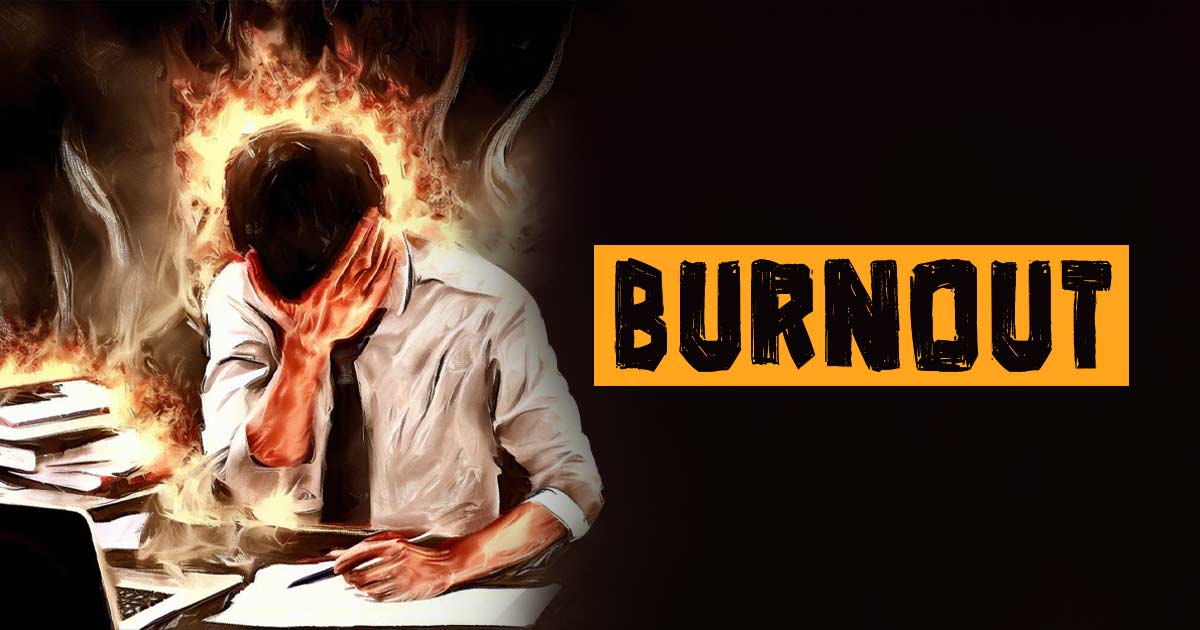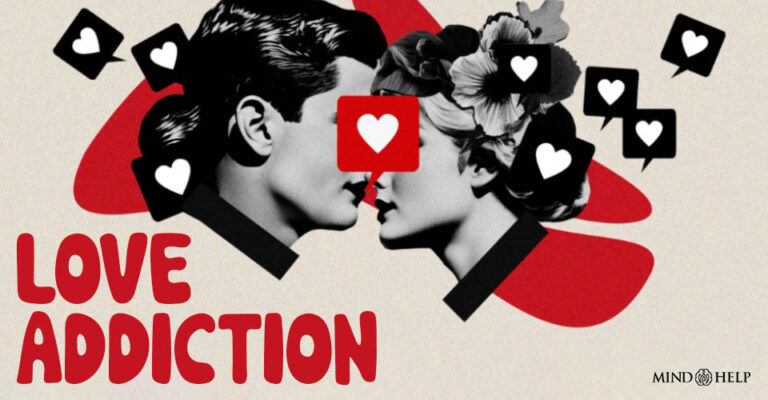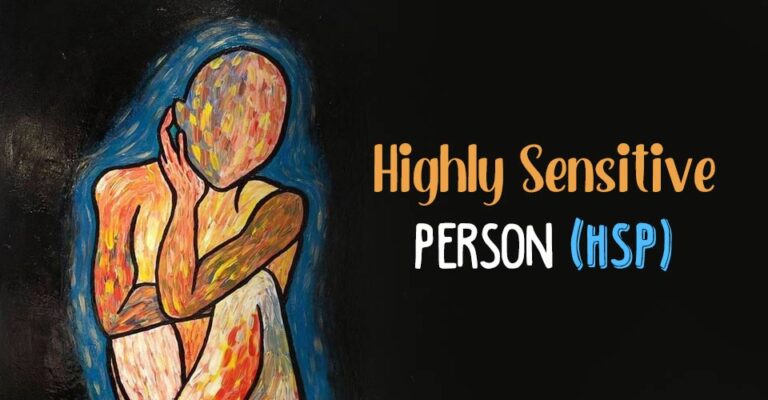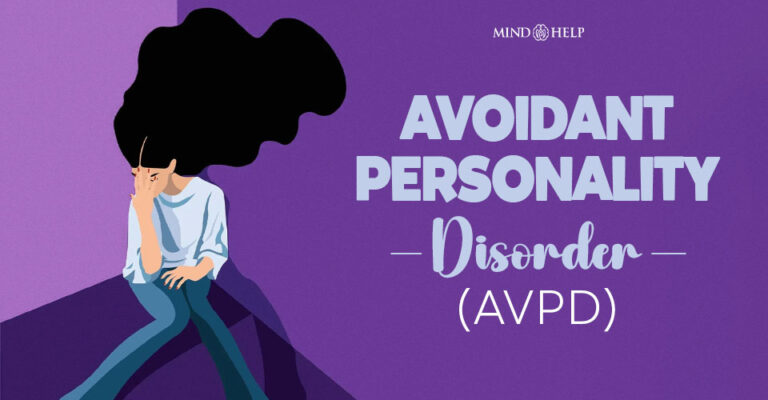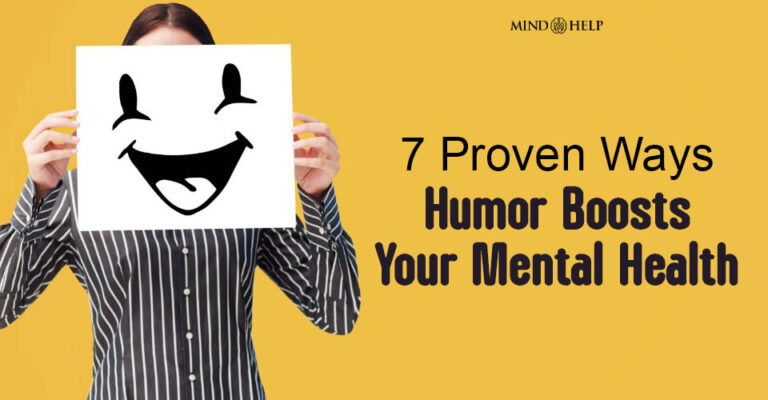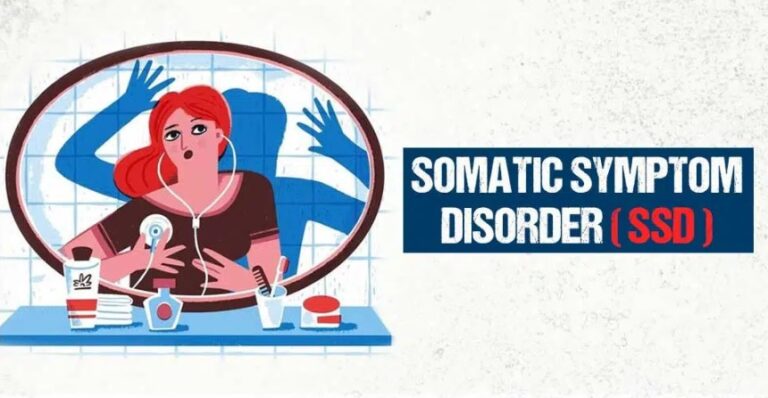Table of Contents
Burnout refers to a feeling or state of excessive tiredness caused by long-term stress. It may often occur due to working too hard and can negatively impact our mental and emotional well-being. When left untreated, this may adversely affect our personal and professional life.
What Is Burnout?
Burnout is a state of chronic physical and emotional exhaustion 1 Maslach, C., & Leiter, M. P. (2016). Understanding the burnout experience: recent research and its implications for psychiatry. World psychiatry : official journal of the World Psychiatric Association (WPA), 15(2), 103–111. https://doi.org/10.1002/wps.20311 that results from prolonged stress, particularly related to one’s work or responsibilities. It is characterized by detachment, cynicism, and a sense of reduced accomplishment. A decrease in motivation, productivity, and overall well-being often accompanies burnout.
An example of burnout can be seen in a professional who works long hours, faces excessive work demands, and experiences little control over their tasks or decision-making. Over time, the individual may become emotionally drained, lose interest in their work, and develop negative attitudes towards their colleagues or clients.
Read More About Strees Here
Prevalence Of Burnout
Prevalence rates vary, but it is generally common in high-stress professions related to healthcare, social work, teaching, emergency services, and corporate settings. Research 2 Edú-Valsania, S., Laguía, A., & Moriano, J. A. (2022). Burnout: A Review of Theory and Measurement. International journal of environmental research and public health, 19(3), 1780. https://doi.org/10.3390/ijerph19031780 suggests that women may be more susceptible to burnout due to factors like societal expectations, the added burden of work and family responsibilities, and potential workplace inequalities. Nevertheless, burnout can affect individuals of any gender.
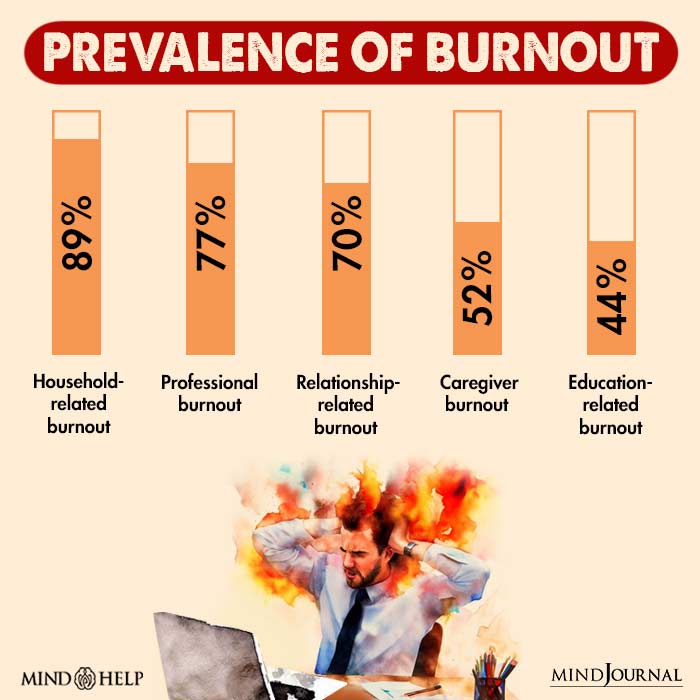
Read More About Health Here
Symptoms Of Burnout
The emotional and physical 3 Drummond, D. (2016). Part I: Burnout Basics – Symptoms, Effects, Prevalence and the Five Main Causes. Missouri Medicine, 113(4), 252–255. Available from: https://www.ncbi.nlm.nih.gov/pmc/articles/PMC6139917/ symptoms of burnout include:
- Persistent fatigue and exhaustion
- Frequent body aches
- Changes in appetite or sleep patterns
- A weakened immune system, leading to frequent illnesses
- Increased susceptibility to physical ailments
- Feelings of cynicism, detachment, or apathy
- Emotional exhaustion and hypersensitivity
- Reduced sense of accomplishment and decreased self-esteem.
Read More About self-esteem Here
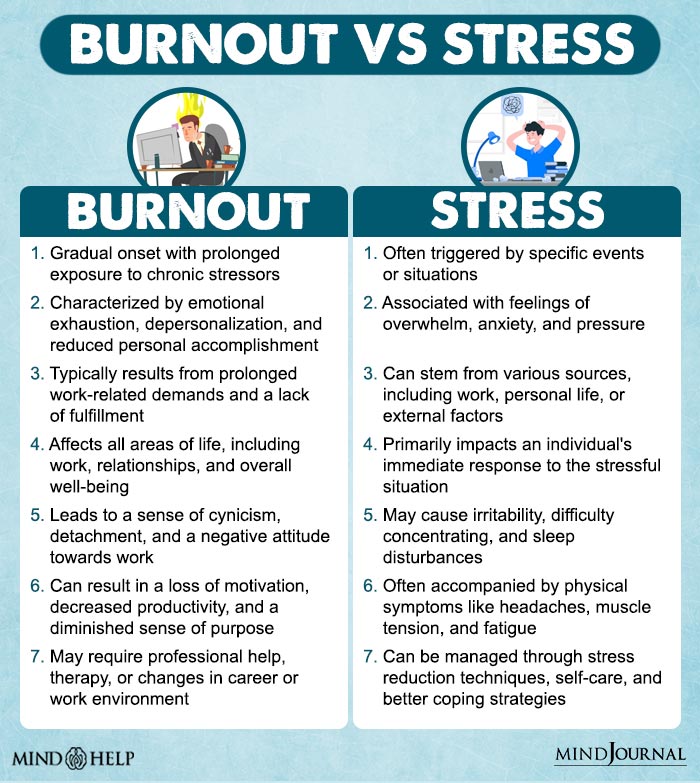
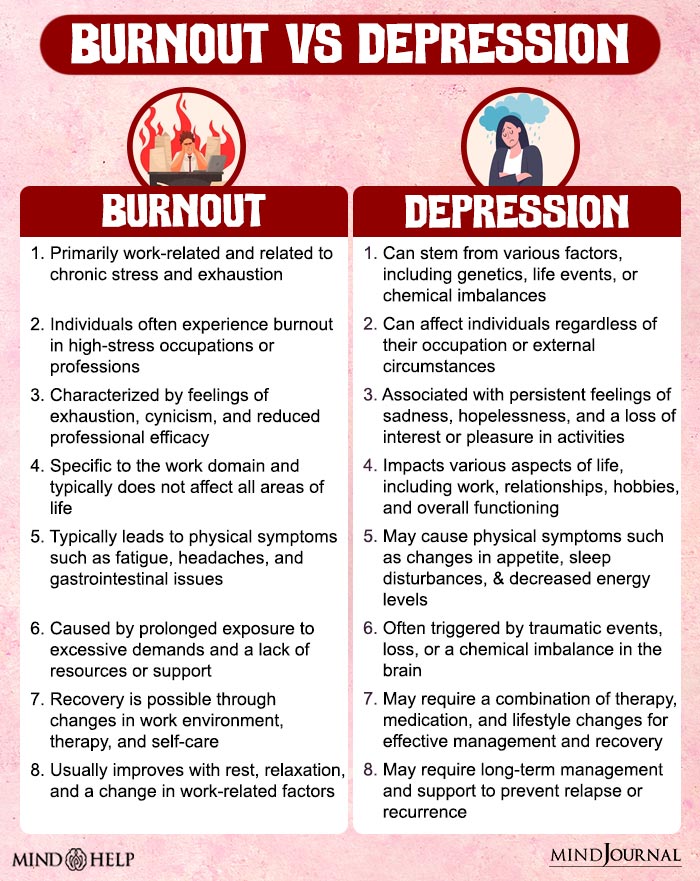
Stages Of Burnout
The common stages 4 Leddy M. (2022). Thriving, Not Just Surviving: Recognizing Burnout and Simple Tips to Start Feeling Better. Journal of the advanced practitioner in oncology, 13(3), 209–212. https://doi.org/10.6004/jadpro.2022.13.3.5 of burnout include:
1. Honeymoon phase
The “honeymoon phase” is characterized by initial enthusiasm and high motivation, excitement about the work or responsibilities, and high energy levels and eagerness to take on challenges.
2. Onset of stress
This burnout stage is characterized by increasing work demands and pressure, persistent stress and feeling overwhelmed, and the appearance of minor symptoms of burnout (such as fatigue and irritability).
3. Chronic burnout
This stage is characterized by the escalation of symptoms and emotional exhaustion, loss of interest and motivation in work or responsibilities, and the experiencing of more pronounced physical symptoms, such as headaches or digestive issues.
4. Crisis or burnout syndrome
This stage of burnout is characterized by complete mental, emotional, and physical exhaustion, severe cynicism and detachment from work or responsibilities, feelings of helplessness, hopelessness, or despair, as well as impaired cognitive functioning and decreased performance.
Read More About Cynicism Here
Types Of Burnout
The three main types 5 Khammissa, R. A. G., Nemutandani, S., Feller, G., Lemmer, J., & Feller, L. (2022). Burnout phenomenon: neurophysiological factors, clinical features, and aspects of management. The Journal of international medical research, 50(9), 3000605221106428. https://doi.org/10.1177/03000605221106428 of burnout include:
1. Overload burnout
Overload burnout occurs when individuals experience excessive work demands and overwhelming responsibilities. They may feel constantly pressured and stretched beyond their capacity, leading to chronic stress, exhaustion, and a sense of being overloaded. This type of burnout often arises in high-demand professions or work environments with long hours and intense workloads.
2. Under-challenged burnout
Under-challenged burnout occurs when individuals feel bored, unstimulated, or unfulfilled in their work or responsibilities. They may experience a lack of growth opportunities, limited autonomy, or a sense of being underutilized. This type of burnout can arise when individuals feel stuck in monotonous or repetitive tasks that do not provide sufficient intellectual or emotional engagement.
3. Neglect burnout
Neglect burnout occurs when individuals experience burnout in their personal lives or relationships. It can arise from neglecting self-care, ignoring personal needs, or experiencing chronic stress in personal relationships. Neglect burnout can manifest as a sense of emotional depletion, disconnection, and a lack of fulfillment in personal domains of life.
Causes Of Burnout
Research 6 Pejuskovic, B., Lecic-Tosevski, D., & Priebe, S. (2011). Burnout in psychiatrists, general practitioners and surgeons. World psychiatry : official journal of the World Psychiatric Association (WPA), 10(1), 78. https://doi.org/10.1002/j.2051-5545.2011.tb00015.x attributes the common causes of burnout include:
- Occupational demands like excessive workload, work-life imbalances, long work hours, lack of control or autonomy, job insecurity, inadequate resources or support, etc.
- Organizational inconveniences like poor management practices, lack of recognition or rewards, inadequate communication, toxic work culture, and a mismatch between personal values and organizational values
- Personal professional factors like perfectionistic tendencies, high self-expectations, difficulty setting boundaries, lack of self-care, poor coping skills, and a tendency to overcommit
- Lack of social support, such as limited support from colleagues, supervisors, or conflicted personal relationships
- Certain personality traits, such as high levels of neuroticism, introversion, or a strong sense of responsibility
- Gender disparities in the household and the workplace
- High-stress professions related to healthcare, social work, teaching, emergency services, and high-pressure corporate environments
Burnout And Mental Health
Personal, work, or relationship burnout can lead to chronic fatigue, a weakened immune system, and serious physical health symptoms like cardiovascular issues and digestive problems. These health symptoms also impact mental health and well-being 7 Golonka, K., Gawlowska, M., Mojsa-Kaja, J., & Marek, T. (2019). Psychophysiological Characteristics of Burnout Syndrome: Resting-State EEG Analysis. BioMed research international, 2019, 3764354. https://doi.org/10.1155/2019/3764354 , triggering:
- Anxiety and depression
- Sleep disorders
- Eating disorders
- Chronic stress
- Emotional instability
- Impaired concentration, memory, and decision-making abilities
- Reduced job satisfaction and engagement
- Increased risk of substance abuse
Read More About Anxiety Here
Diagnosing Burnout
Though burnout is not currently recognized as a specific medical diagnosis, healthcare professionals may refer to guidelines 8 Kaschka, W. P., Korczak, D., & Broich, K. (2011). Burnout: a fashionable diagnosis. Deutsches Arzteblatt international, 108(46), 781–787. https://doi.org/10.3238/arztebl.2011.0781 such as the Maslach Burnout Inventory (MBI) or the Copenhagen Burnout Inventory (CBI) to help assess the individual’s level of burnout and associated symptoms. The diagnosis is typically based on a collaborative process between the individual and the healthcare professional.
Open and honest communication about the individual’s experiences, challenges, and work-related factors can help in reaching a comprehensive understanding of emotional burnout. The process typically includes:
- An initial assessment of the individual’s medical history and medical symptoms
- Diagnostic criteria evaluation
- Laboratory tests (like blood tests)
- Psychological assessment with clinical tools that guide treatment planning
How To Treat Burnout
The common treatment methods 9 Murthy, R. S. (2009). Understanding burnout. Indian Journal of Psychiatry, 51(2), 165–166. Available from: https://www.ncbi.nlm.nih.gov/pmc/articles/PMC2755154/ for addressing burnout at work or home include:
1. Psychotherapy
Individual counseling or psychotherapy sessions with a mental health professional can help explore and address the underlying causes and stressors contributing to burnout. Therapists can provide guidance and support to manage burnout effectively and help formulate strategies on how to avoid burnout in the long run.
Read More About Psychotherapy Here
2. Pharmacotherapy
In some cases, healthcare professionals may prescribe medications 10 National Academies of Sciences, E., Medicine, N. A. of, & Well-Being, C. on S. A. to I. P. C. by S. C. (2019, October 23). Extent and Consequences of Clinician Burnout. Www.ncbi.nlm.nih.gov; National Academies Press (US). Available from: https://www.ncbi.nlm.nih.gov/books/NBK552628/ , such as antidepressants or anti-anxiety medications, to help manage symptoms of burnout, especially when associated with underlying mental health conditions like depression or anxiety.
3. Group therapy
Joining support groups or seeking peer support can provide validation, a sense of community, and an opportunity to share experiences and coping strategies with others facing similar challenges related to burnout.
Read More About Group therapy Here
How To Deal With Burnout
Consider the following measures 11 McFarland, D. C., & Hlubocky, F. (2021). Therapeutic Strategies to Tackle Burnout and Emotional Exhaustion in Frontline Medical Staff: Narrative Review. Psychology research and behavior management, 14, 1429–1436. https://doi.org/10.2147/PRBM.S256228 to learn how to recover from burnout at work or at home:
- Prioritize activities that promote relaxation, self-nurturing, and stress reduction. This can include exercise, meditation, spending time in nature, engaging in hobbies, or seeking enjoyable experiences.
- Establish clear boundaries between work and personal life. Learn to say no to excessive demands or commitments that can contribute to burnout.
- Learn to delegate tasks and ask for help when needed. Delegating responsibilities can lighten your workload and create space for self-care and rejuvenation.
- Discuss work-related concerns, stressors, and potential solutions with supervisors or managers to address work-related issues contributing to burnout. Advocate for supportive policies in the workplace.
- If nothing works, consider career changes and explore alternative job opportunities.
- Create designated times for rest, relaxation, and self-care.
- Reach out to friends, family, or support networks for emotional support and understanding.
- Implement effective time management techniques, such as prioritizing tasks, breaking them into smaller, manageable steps, and avoiding procrastination. This can help reduce stress and create a sense of accomplishment.
- Explore stress management techniques like deep breathing exercises, mindfulness, progressive muscle relaxation, or journaling to help manage and reduce stress levels.
- Take time to reflect on your values and goals. Evaluate whether your current work or life situation aligns with these values and make necessary adjustments to create a more fulfilling and balanced lifestyle.
Read More About meditation Here
Takeaway
If you find yourself trapped in an unchallenging, unrewarding, or demanding job that is leading to burnout, it’s crucial to take a step back and give yourself a break from your hectic schedule. Begin by recognizing the signs and symptoms of burnout and acknowledging its impact on your well-being.
Seeking professional help and treatment is essential if you’re struggling to overcome it alone. By implementing appropriate treatment methods and coping strategies, you can fully recover and embrace a healthier, more productive, and stress-free life.
At A Glance
- Burnout is a mental and emotional state caused by prolonged, unresolved frustration and stress in the workplace or in personal life that has not been effectively managed.
- Common symptoms of burnout include chronic fatigue, decreased self-esteem, reduced sense of accomplishment, etc.
- It can also be triggered by certain mindsets, like pessimism, perfectionism, as well as a person’s personality traits.
- Burnout is caused by prolonged exposure to excessive stress and depression at home or work.
- Burnout can be readily addressed with therapy and medication.
Frequently Asked Questions (FAQs)
1. What is burnout?
Burnout is a state of chronic physical and emotional exhaustion that results from prolonged stress, particularly related to one’s work or responsibilities.
2. What are the five symptoms of burnout?
The five symptoms of burnout include- persistent fatigue and exhaustion, feelings of cynicism, reduced sense of accomplishment, decreased self-esteem, and increased absenteeism or tardiness.
3. What does burnout feel like?
It may be difficult for you to engage in activities that are normally meaningful if you are experiencing burnout. A sense of hopelessness may increase or you may lose interest in the things that matter to you.
4. How do you fix burnout?
Symptoms of burnout can be readily addressed by therapy and medication.
